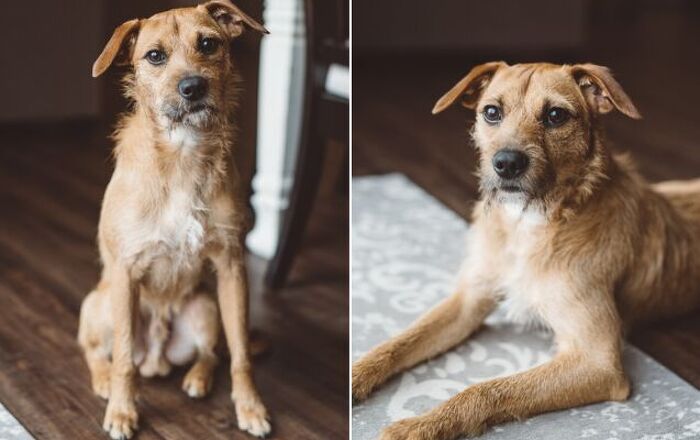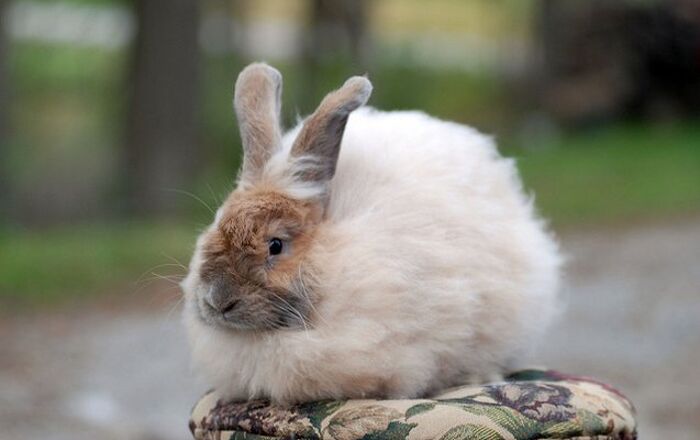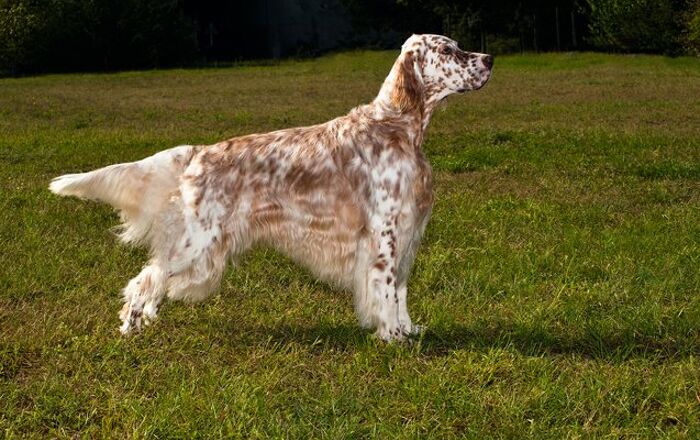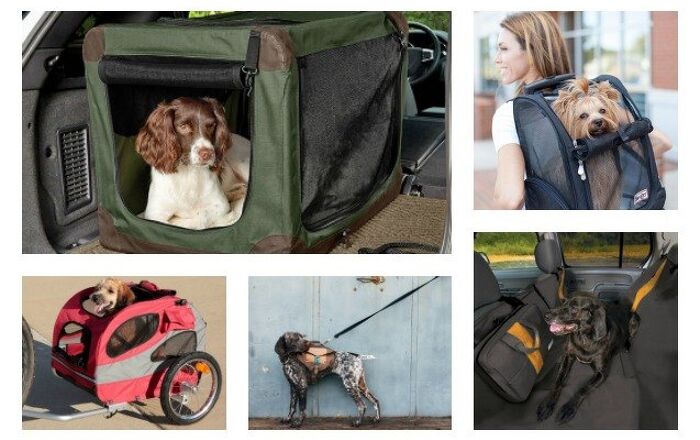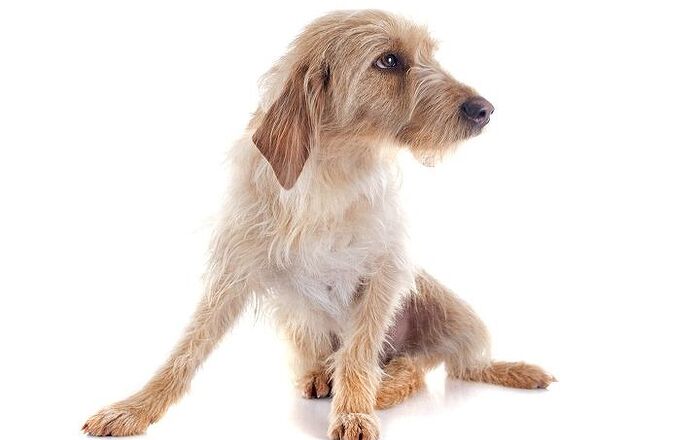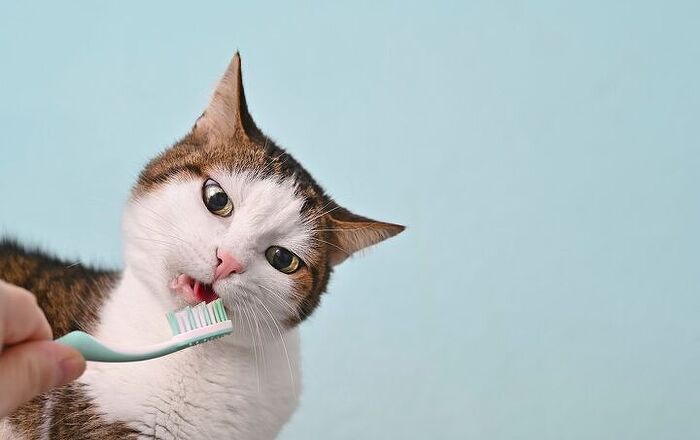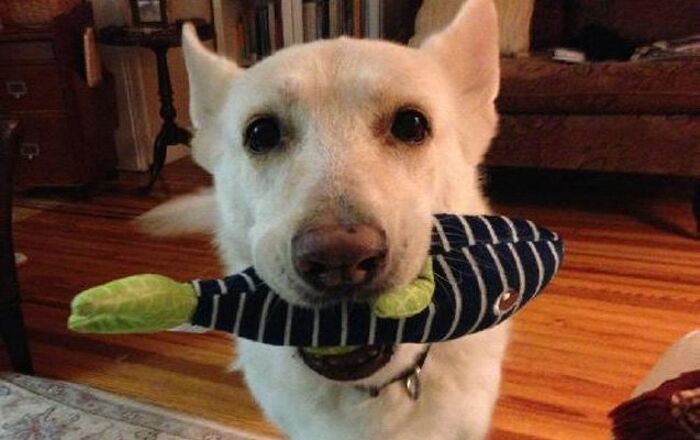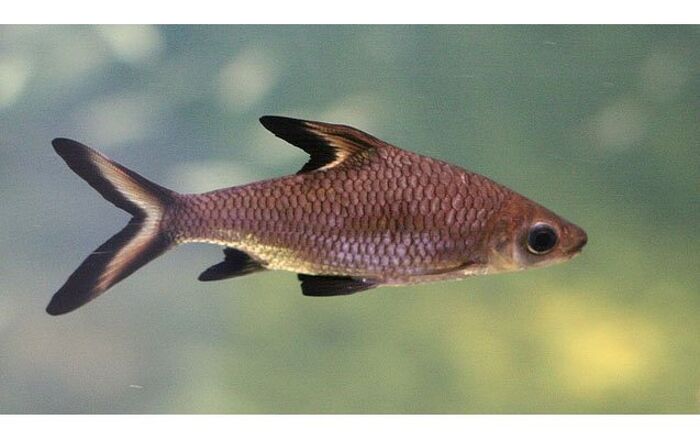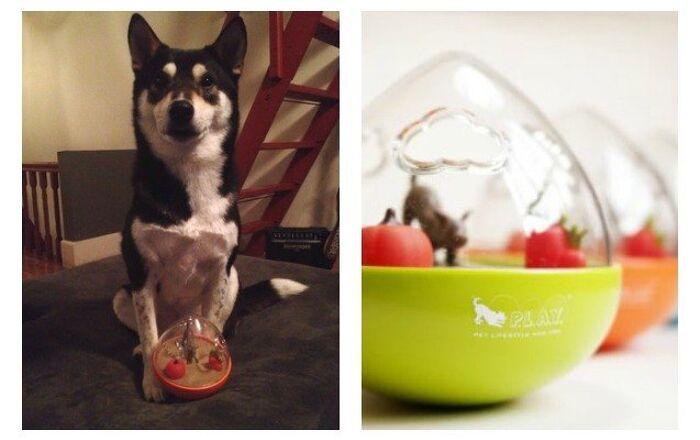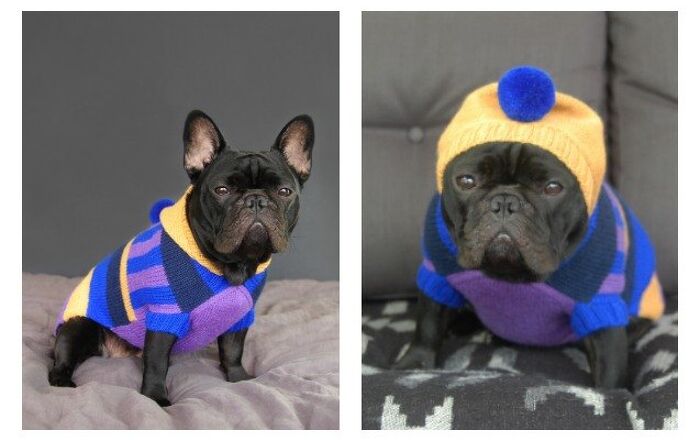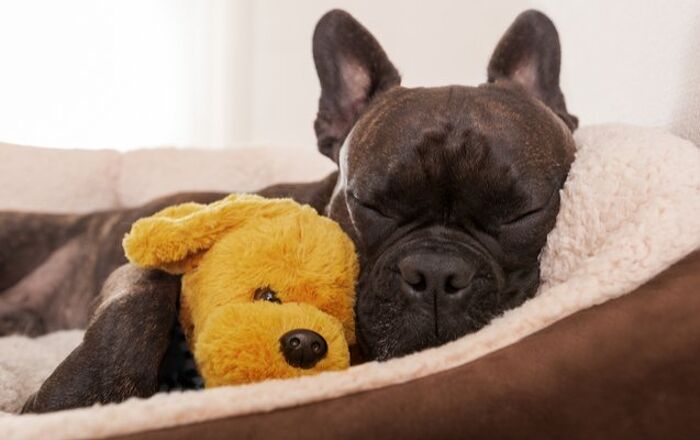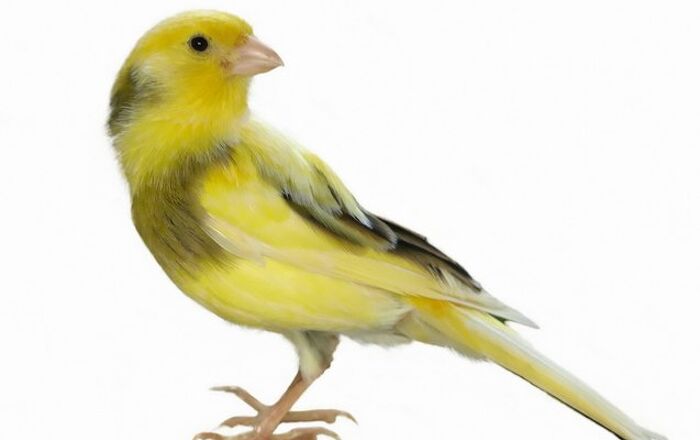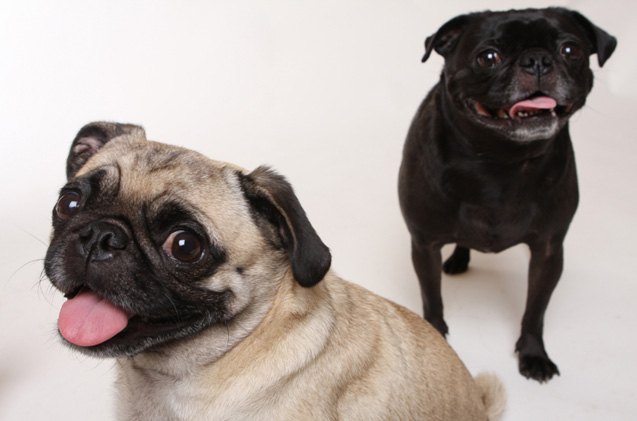
Bless you! Learn more about reverse sneezing in dogs
Before you freak out, you should know that reverse sneezing (also known as Pharyngeal Gag Reflex or Paroxysmal Respiration) is fairly common in dogs, and that breeds, especially those with a flat face (Boxers, Boston Terriers, Bulldogs, Pugs, and Shih Tzus), are more prone to the condition than others. If it happens to your dog, there’s no need to scoop him up and rush him to the vet. Let it pass – a reverse sneeze can last anywhere from a few seconds to a minute, and he’ll return to normal once it’s over.
When humans sneeze, we push air rapidly out through the nose. Not so with a dog’s reverse sneeze. Instead, the air is pulled into the nose, making a loud honking or snorting noise that can scare the bejebus out of an owner. Here are a few other telltale signs of reverse sneezing in dogs:
What Causes Reverse Sneezing In Dogs?
Caused by a spasm of the throat and soft palate, reverse sneezing in dogs can be set off by an irritation in the throat, pharynx, or larynx. It can be hard to pinpoint what sets off your dog’s reverse sneezing episodes, but a few of the most common causes include environmental odors (smoke, household cleaners, perfume, room sprays, dust, pollen), exercise, weather changes, tight collars and sudden movement from a leash.
If your dog’s triggers are airborne allergens, that’s something you can easily work to reduce exposure to. You can dust more often, not wear perfumes or body sprays with syntehtic scents and use non-toxic cleaning supplies in your home. When bathing your dog, using non-toxice and natural scented shampoos and conditioners can also mean fewer irritants for their noses as well.
A dog’s sense of smell is anywhere from 10,000 to 100,000 times stronger than ours. You know this every time your dog appears out of thin air when you open anything they might find delectible. Any of these triggers combined with your dog’s exceptional nose abilities could result in a reverse sneeze. Throw in seasonal changes in the temperature or the humidity and you’ve got a perfect situation for possible reverse sneeze fests. Humidifiers (or dehumidifiers as the case may be) can make a difference in keeping your dog’s nasal passages comfortable and healthy.
Additionally, watch their excitement level–even getting overly excited or eating and drinking too quickly can trigger reverse sneezes in dogs.
What Should You Do Be Doing A Reverse Sneezing Episode?
I know that during a reverse sneeze, my dog shakes – he doesn’t like the experience at all. That’s why it’s important that I stay calm and comfort him. I know that first time it happened I was just as scared as he was. But it’s important that your dog doesn’t see you panic, as it will make him anxious. Now that I know that the reverse sneezing is not a big deal, I have discovered a few ways to help my dog get through the episode:
Does This Require Follow Up Treatment?
In the majority of cases, no – it’s a normal occurrence. In fact, all dogs will experience reverse sneezing in their lives. However, if these sneezes occur frequently or go on for longer than a minute in time, or if there’s yellowish or bloody discharge coming out of the nose, it’s time to see the vet. There could be other factors at play here. Your vet will be able to tell you if there’s another issue, such as nasal mites, kennel cough, nasal cancers, polyps or tumors, collapsing trachea, or a respiratory infection, which will require medical intervention.
Reverse sneezing in dogs can be kind of traumatizing for both you and your pup. It can ilicit a panic response in both of you, and understandably if you don’t know what’s going on. Your dog definitely won’t know, so your response, a we’ve said, is important. If you do feel like you want to be more interactive with your dog during a reverse sneezing episode, as we’ve said, you can try to massage his throat. Traditionally, though, intervention is not necessary for your dog physically…and they may even make you and your dog more stressed in the process.
If you’re concerned that there may be something more going on with your dog, here are some other conditions that are often mixed with reverse sneezes in dogs:
Asthma
Upper respiratory infections
Collapsing trachea
Brachycephalic syndrome
Heart disease
I’ve included a video of reverse sneezing in dogs below so you know what to expect when it happens or you can confirm that it already has happened.
